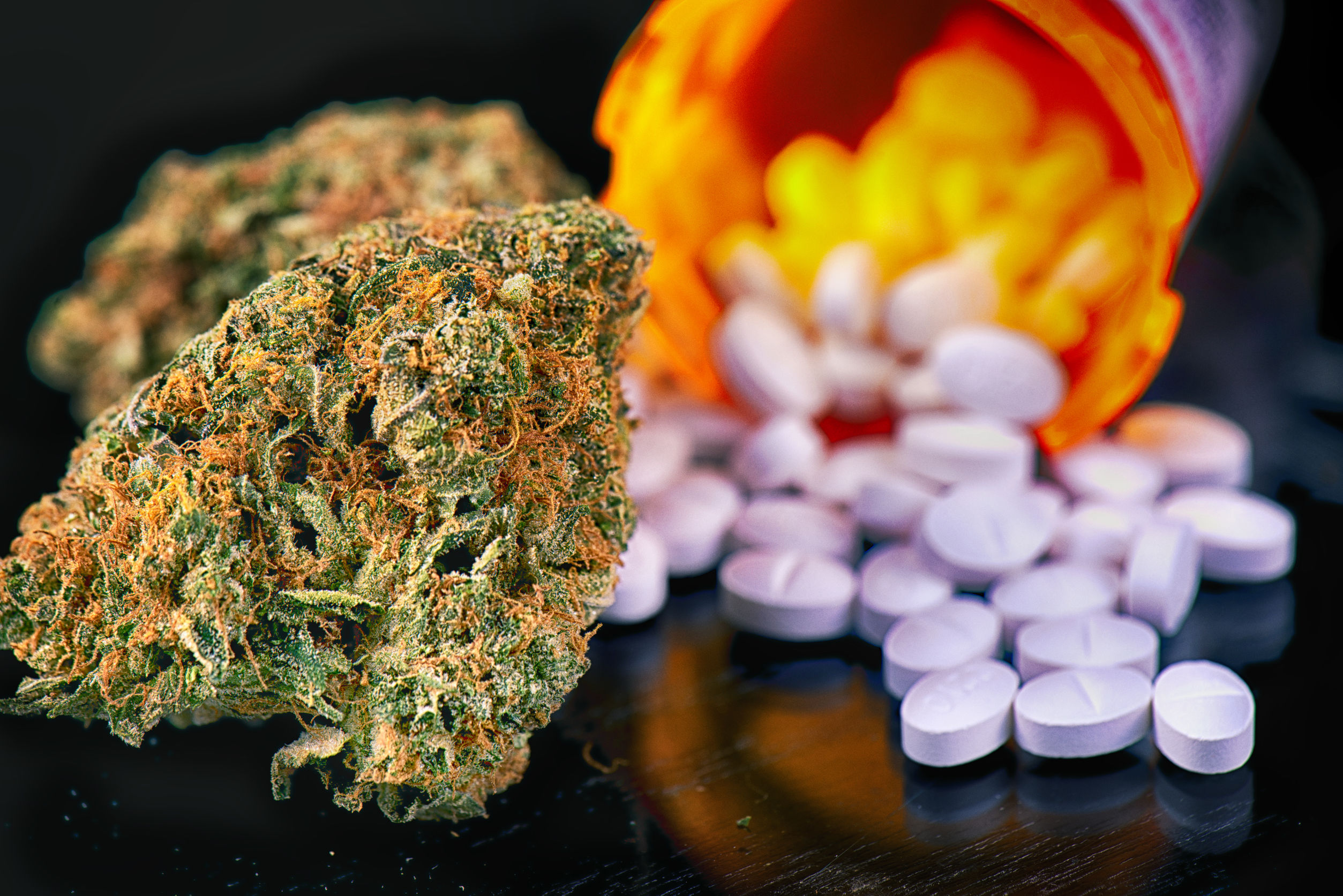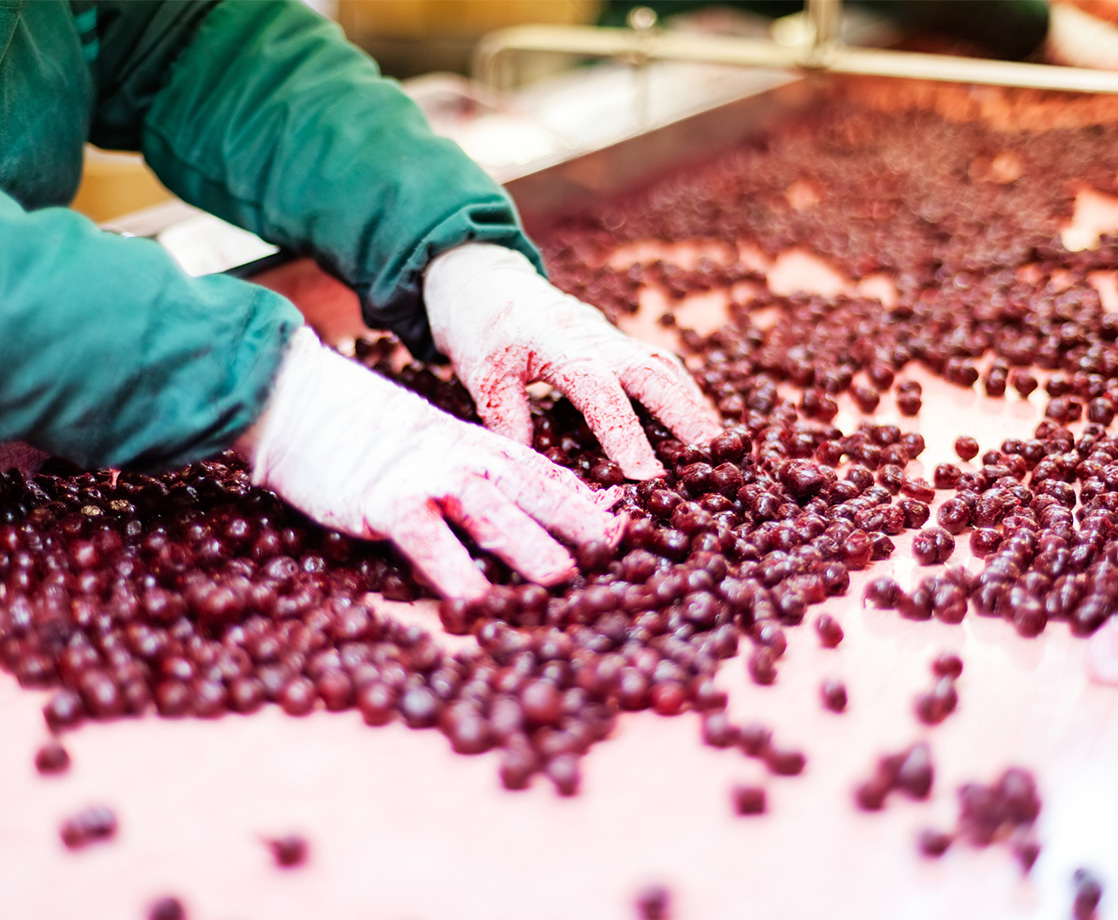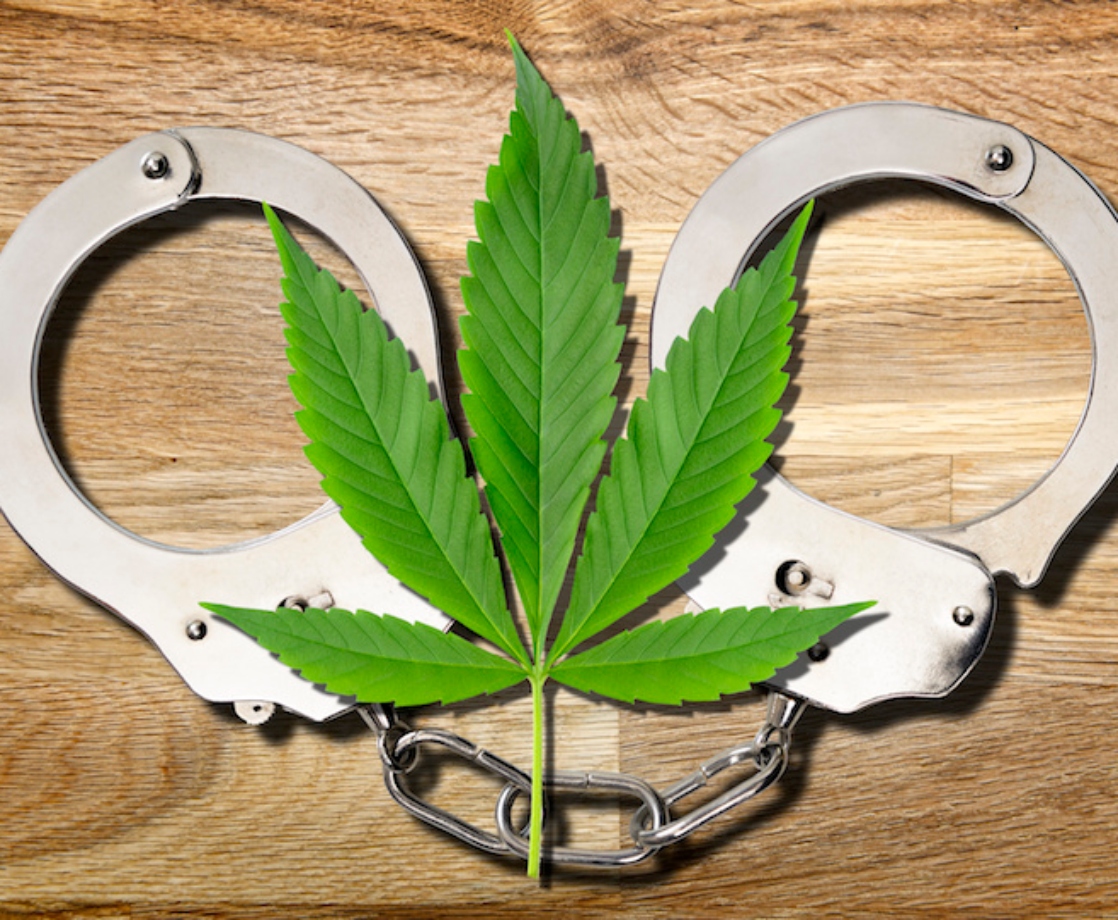Image via
A new Canadian study is backing up dozens of other studies linking access to legal cannabis to decreased use of addictive opioid pharmaceuticals.
To explore the impact of legal weed on opioid use, researchers from the University of Toronto examined data on national monthly opioid prescriptions reported between January 2016 and June 2019. This particular study period allowed researchers to compare prescription data before and after October 2018, the date that Canada legalized adult-use cannabis.
Researchers collected this data from monthly claims reported to public and private insurance providers, accounting for more than 80 percent of all opioids prescribed in Canada during the study period. Prescriptions of morphine, codeine, fentanyl, hydrocodone, hydromorphone, meperidine, oxycodone, and tramadol were recorded and converted to an average “morphine equivalent dose” (MED), allowing the researchers to directly compare the relative strength of different painkillers.
The study, published last month in the Applied Health Economics and Health Policy journal, reports that monthly opioid prescriptions declined over the entire 42-month study period. But this decline became far more significant once adult-use weed became legal. After legalization, average monthly opioid prescriptions declined by a factor of 5.4 times, from an average MED of 22.3mg/claim to 4.1mg/claim.
This massive decrease in opioid prescriptions has translated to significant savings for Canada’s public health system. Total monthly opioid spending declined from C$267,000 a month before weed became legal to C$95,000 a month post-legalization. Opioid prescriptions dispensed through private health care plans showed an even greater reduction, from an MED of 76.9mg/claim pre-legalization to 30.8mg/claim after.
“The findings of this study add to the growing body of evidence that easier access to cannabis for patients with pain may reduce opioid use and partially offset expenditures for both public and private drug plans,” the study authors concluded, according to NORML.
The present study only catches the very beginning of Canada’s experiment with cannabis legalization, though. The country’s first months of legalization were plagued with supply issues, and access to legal adult-use weed remained limited throughout the beginning of 2019. Legal retailers were also limited to only selling cannabis flower for the first year of sales, but edibles, vapes, tinctures, and other products became available in October 2019, after the study period ended.
Further research will be needed to explore whether Canada’s expansion of its adult-use industry has led to further declines in opioid use and abuse. But in the meantime, there is a wealth of other research indicating that cannabis can serve as an effective replacement for opioids. In the US, numerous studies have found that medical pot is linked to decreased rates of opioid prescriptions, use, abuse, and overdoses, and can help patients wean themselves off of prescription painkillers.
Another Canadian study from 2019 found that pain patients who used cannabis every day were 50 percent less likely to use illegal opioids, and another study found that 72 percent of patients said that weed helped them deal with opioid withdrawal.











